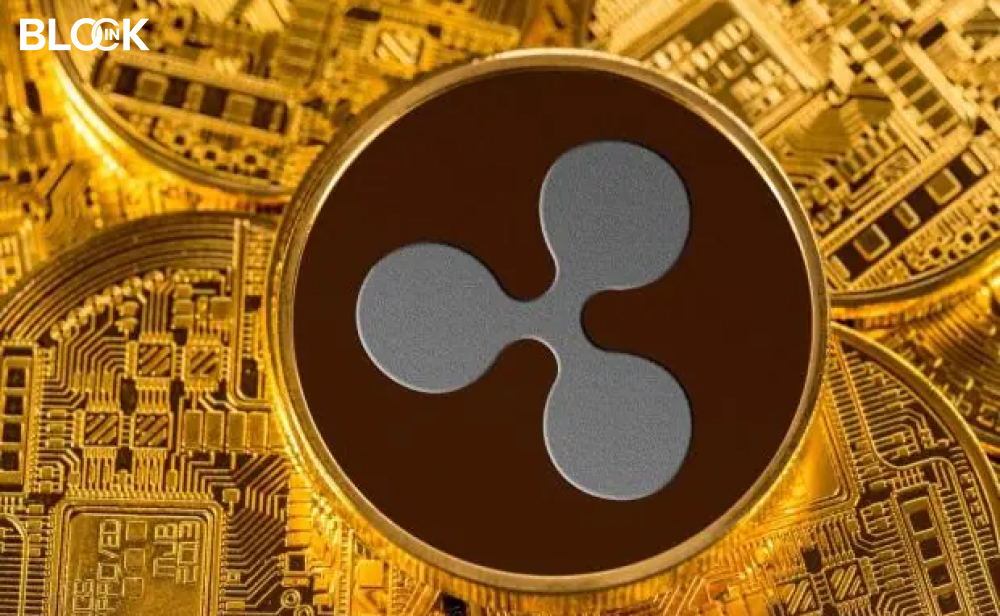
Blockchain payments entity Ripple has reportedly disclosed details related to its $200-million Series C share buyback – which will help the tech startup from Francisco hit the record-breaking $15 billion in value.
Specifically, in December two years ago, Ripple reportedly secured $200 million of capital injection via Series C fundraising, led by UK-based Tetragon Financial Group, together with SBI Holdings and Route 66 Ventures.
However, in December one year later, the United States Securities and Exchange Commission reportedly filed a $1.3-billion financial lawsuit against Ripple Labs, also with its co-founder Chris Larsen and Head Brad Garlinghouse, for charges associated with using the native XRP token as a crypto asset security with no proper licensing.
Tetragon – with intentions of cutting their ties with Ripple during the high-profile and openly public lawsuit, reportedly brought it to the Delaware Chancery court, looking to enact its contractual obligation of a buyback clause to the value of its anonymous investment amount.
However, only roughly a quarter following (in April), the court reportedly decided Ripple be the winning side and against the plaintiff, Tetragon, putting an end to the financial dispute.
SBI Holdings and Route 66 – via their remarks explaining the reason for buying the shares from Tetragon – reportedly claimed with implications that Ripple aims to amplify its financial capabilities, a sentiment that Garlinghouse alluded to in a recent tweet thread.
“Even with 2021’s headwinds, it was our best year on record,” he reportedly tweeted, disclosing that the company’s $1-billion bank balance helped it become the “strongest we’ve ever been”.
Apart from the buyback and valuation updates, Garlinghouse reportedly further expressed an optimism outlook regarding the future of RippleNet and Ripple X, the latter of which is built to improve the utility of the XRP Ledger in a variety of emerging sectors, including non fungible tokens, central bank digital currencies, together with interoperable, multichain functionalities, among others.

Comments